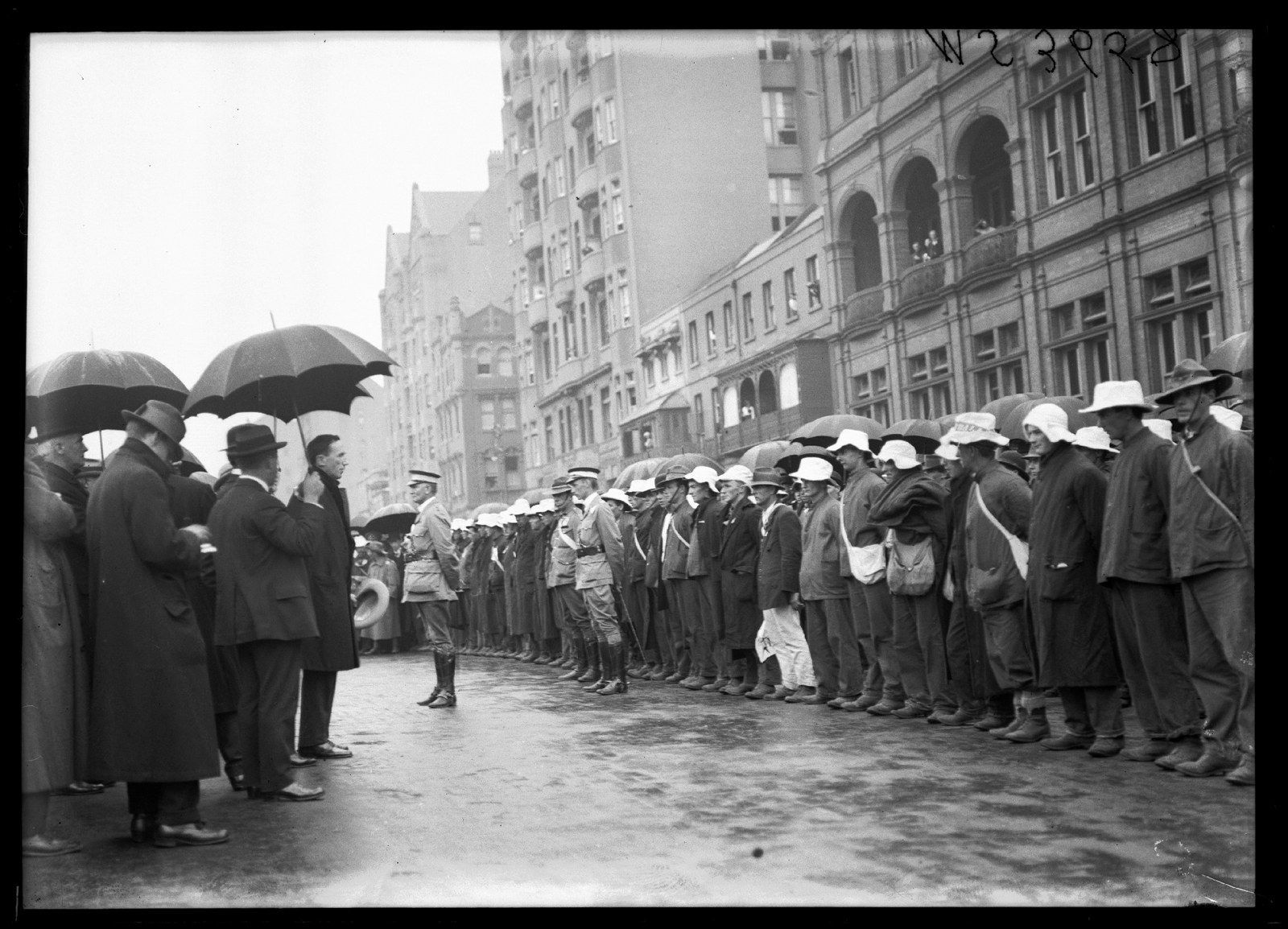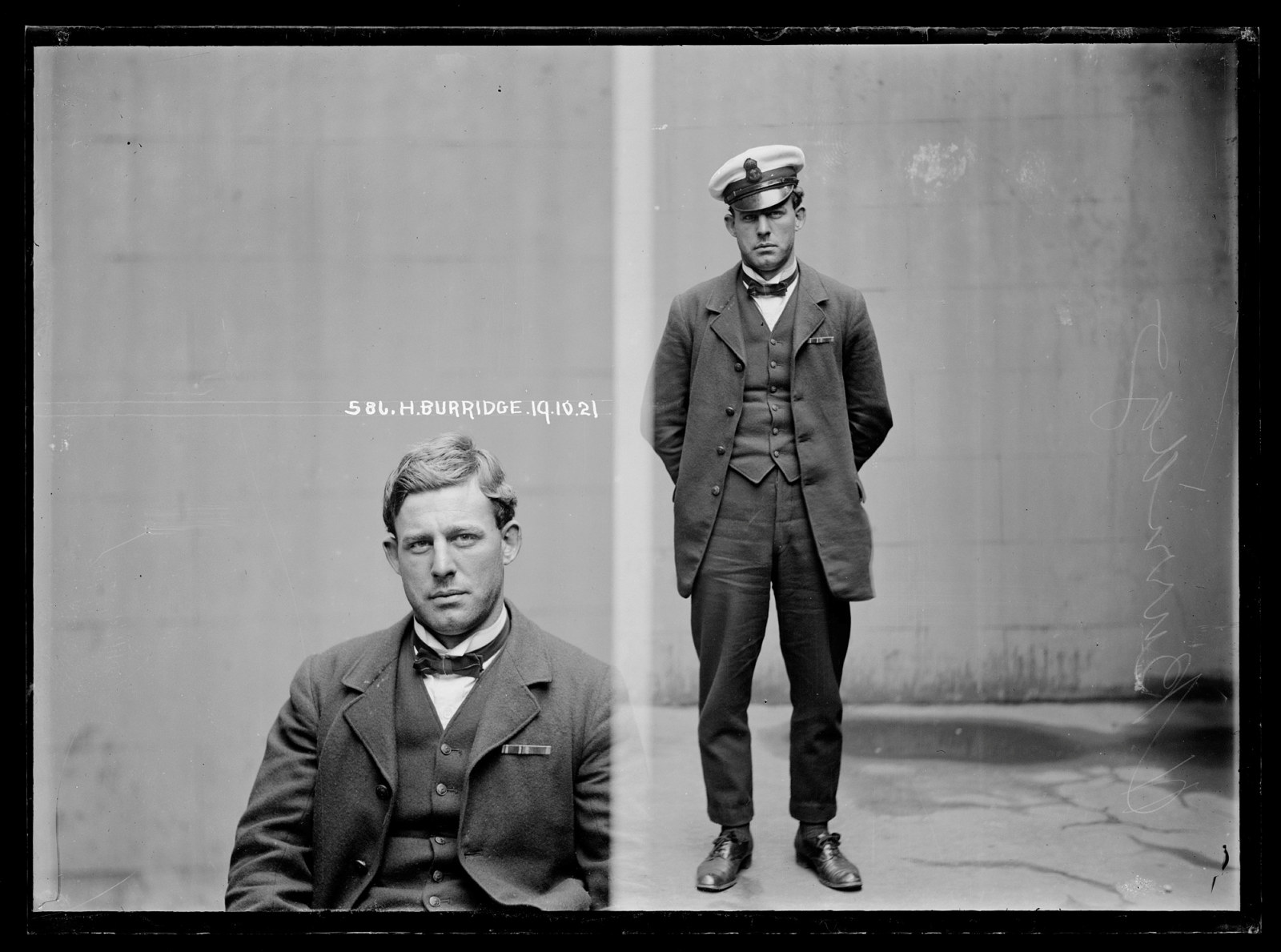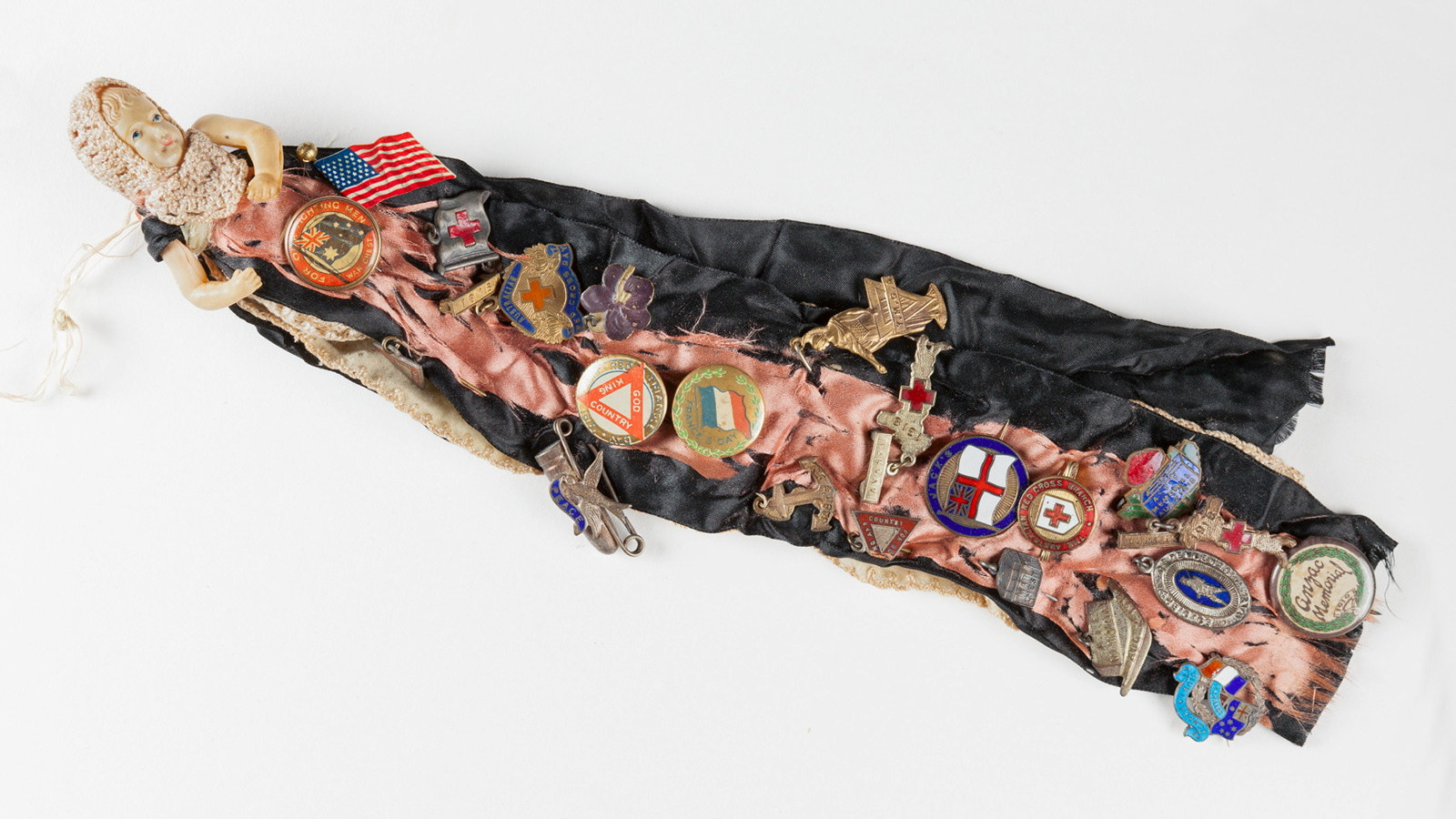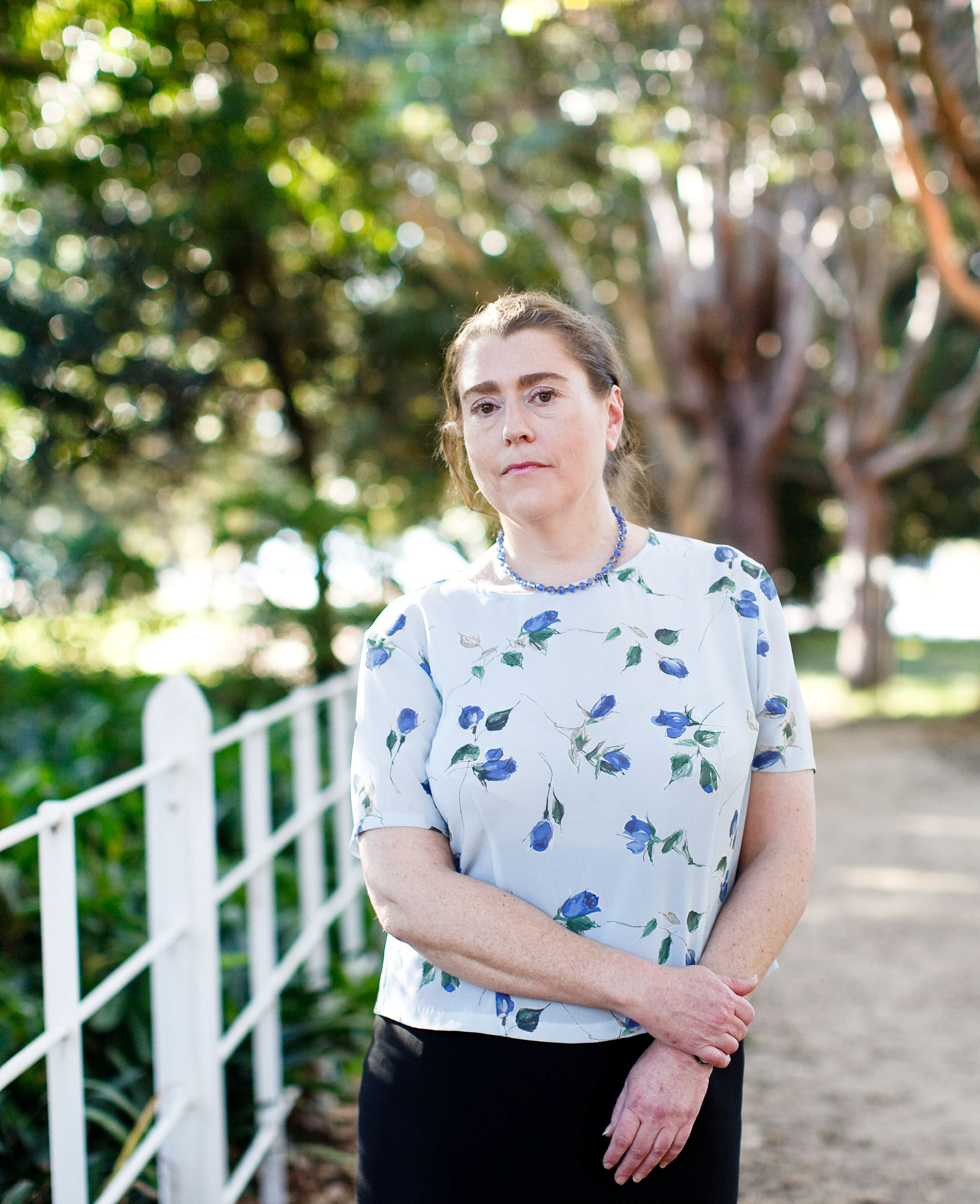Mary Margaret (Peggy) Manning
1891–1984
During World War I thousands of women joined Voluntary Aid Detachments, whose members were simply known as VADs.
Many, trained in first aid and home nursing, worked in hospitals caring for sick and wounded soldiers, but others performed general domestic and clerical tasks or worked as drivers and storekeepers.
A number of educated Australian women travelled overseas at their own expense to participate more directly in the war effort, including Peggy Manning – ‘for I was adventurous enough to want to be in the thick of it, and also to give a helping hand’.1 Mary Margaret Manning, known as Peggy, was born at Grafton, NSW, on 7 December 1891, the youngest child of solicitor William Alexander Manning (1846–1908) and his wife, Marion, nee Ross (d. 1931).
Nina and Kathleen Rouse had been bridesmaids at their wedding, and Peggy maintained an enduring connection with those at Rouse Hill House. Educated in Sydney, England and Switzerland, she was teaching at the Glennie School in Toowoomba, Queensland, with her sister Eva in 1915 when she gained her St John’s Ambulance first aid certificate. After a month at St Vincent’s Hospital, Sydney, Peggy departed on the Miltiades, farewelled by Kathleen Rouse, to work as a VAD at the King George Military Hospital in London, where ‘the Australians to a man loved her’.2
After two years as a VAD Peggy worked briefly for the Ministry of Health and National Insurance, and then trained as an officer in the newly formed Women’s Royal Air Force. She was first posted in Sussex, and then Kent, where she participated in the Folkestone Peace March after the armistice. She was finally demobilised at a large aeroplane manufacturing depot in Middlesex, where she had been in charge of ‘girls’ mainly engaged in making parts for planes. Peggy took to the stage with a repertory company before receiving a grant to study economics at London University. Graduating with honours, she worked as Chief Assistant Intelligence Officer at Australia House before moving to Jamaica in 1927. The following year she married engineer Rowland Christopher Carley, and their daughter, Christine, was born in 1931. As Mary Manning Carley she worked as a journalist and economist, wrote several books on Jamaica, held various positions at the Labour Department and was on the editorial staff of the journal of the University of the West Indies’ Institute of Social and Economic Research. Peggy died in England on 14 December 1984.
Footnotes
- Towards the end of her life Peggy wrote her memoirs, fondly recalling Rouse Hill House and detailing her war work: Mary Manning Carley, ‘… A girdle roundabout the earth …’: travels in five continents, no publication details or date.
- National Leader, 5 October 1917, p5.
More stories

On This Day
17 Dec 1915 - 'Waratah' recruitment march
On 17 December 1915 the "Waratah" recruitment march arrived in Sydney

WW1
A dubious defence
On 19 October 1921 Herbert Burridge was listed in the New South Wales Police Gazette as a deserter from HMAS Cerberus

WW1
A patriotic fundraising memento
This tiny celluloid doll, just 10 centimetres in height and clothed in panels of ribbon, is showing her age
Published on
